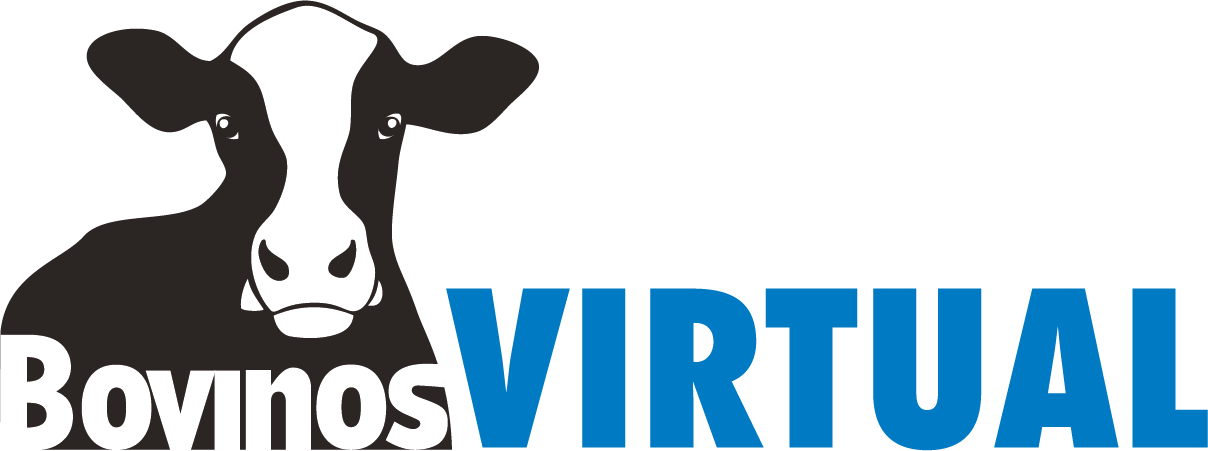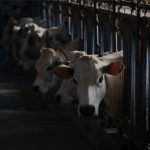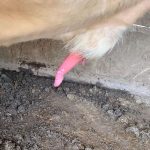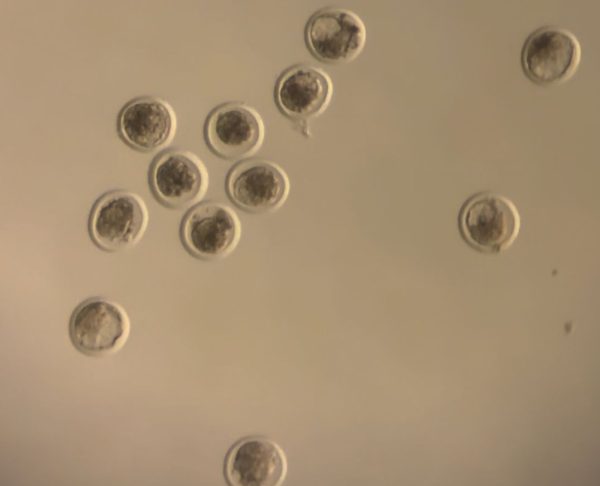Embryo transfer in cattle has emerged as a revolutionary technique in animal reproduction, offering various economic advantages for livestock producers. This procedure, which involves the manipulation of embryos in vitro and their subsequent introduction into recipient females, has transformed the livestock industry by providing significant benefits in terms of efficiency and profitability. Embryo transfer in bovines has emerged as a revolutionary technique in reproduction animal, offering various economic advantages for livestock producers. This procedure, which involves the manipulation of embryos in vitro and their subsequent introduction into recipient females, has transformed the livestock industry by providing significant benefits in terms of efficiency and profitability.
Firstly, embryo transfer allows the superior genetics of elite bovines to be maximized. Producers can carefully select the best breeders, those with desirable genetic characteristics such as higher milk production, disease resistance and greater feed efficiency. By using this technology, it is possible to multiply the offspring of these elite animals, generating a herd with superior genetic characteristics. This not only improves the quality of the livestock, but also increases production and ultimately the farmer’s income.
Furthermore, embryo transfer speeds up the reproduction process. Instead of relying solely on natural reproduction, which is limited by the reproductive cycle of females and geographical limitations, this technique allows for a greater number of offspring in a shorter period of time. This means producers can increase the herd replacement rate and have more animals ready for production in less time, resulting in a more efficient and profitable production cycle.
Another key economic benefit lies in the possibility of exporting quality genetics. Embryo transfer allows livestock producers to share superior genetics with breeders around the world without having to ship live animals long distances. This not only reduces transportation costs and the risk of associated diseases, but also opens up new income opportunities through the sale of embryos and frozen semen internationally.
Additionally, embryo transfer offers precise control over the number of offspring of elite animals. While natural breeding can result in large litters with genetic variability, this technique allows for more selective and controlled breeding. Producers can plan and adjust their herd according to market demands, avoiding unwanted surpluses and maximizing resource efficiency.
Importantly, although the initial investment in technology and training can be significant, long-term costs can be substantially reduced with the continued implementation of embryo transfer. Genetic improvement and reproductive efficiency result in a more productive and resilient herd, which translates into higher income and a better competitive position in the livestock market.Economic advantages of embryo transfer in cattleEconomic advantages of embryo transfer in cattle




